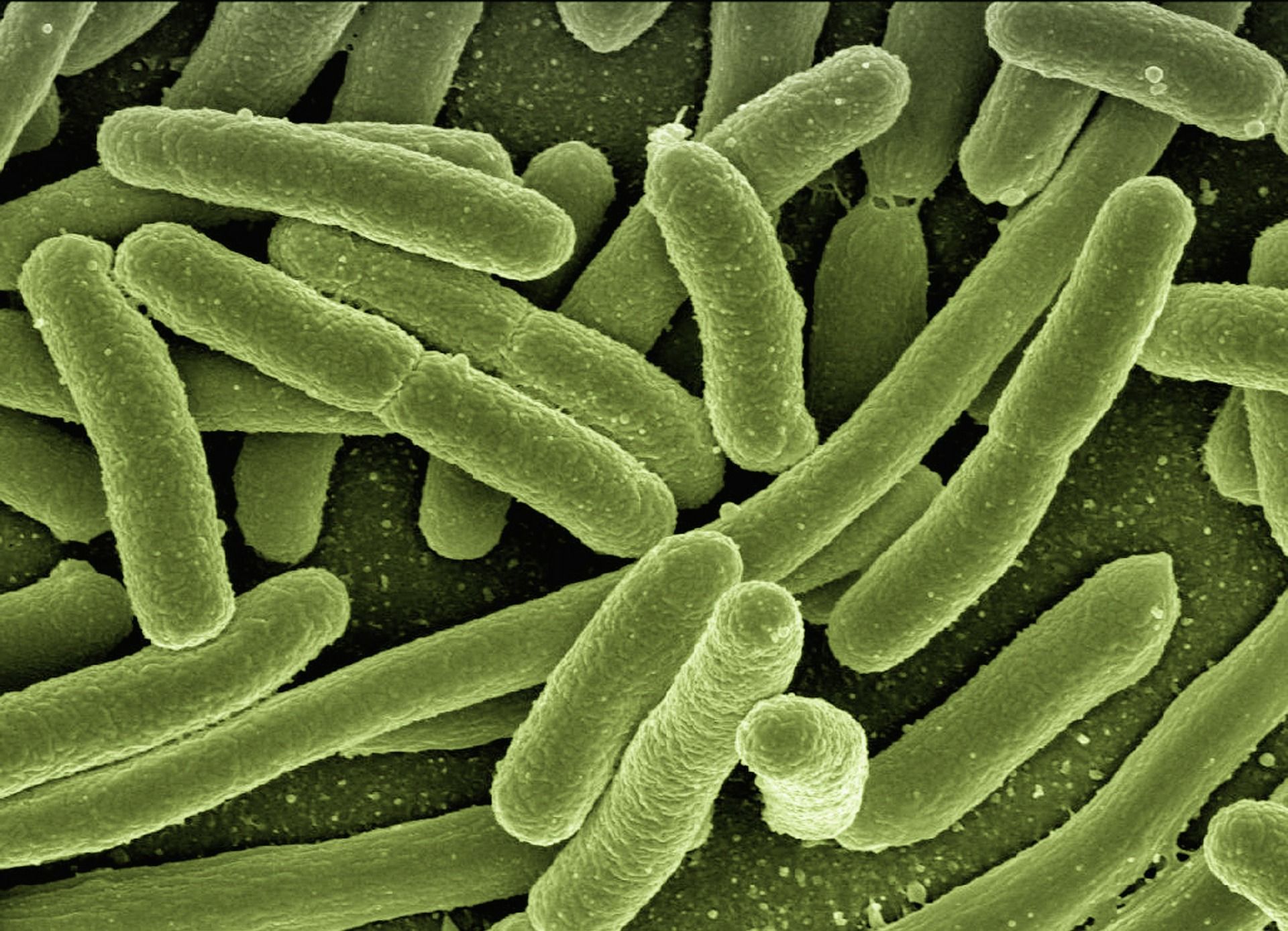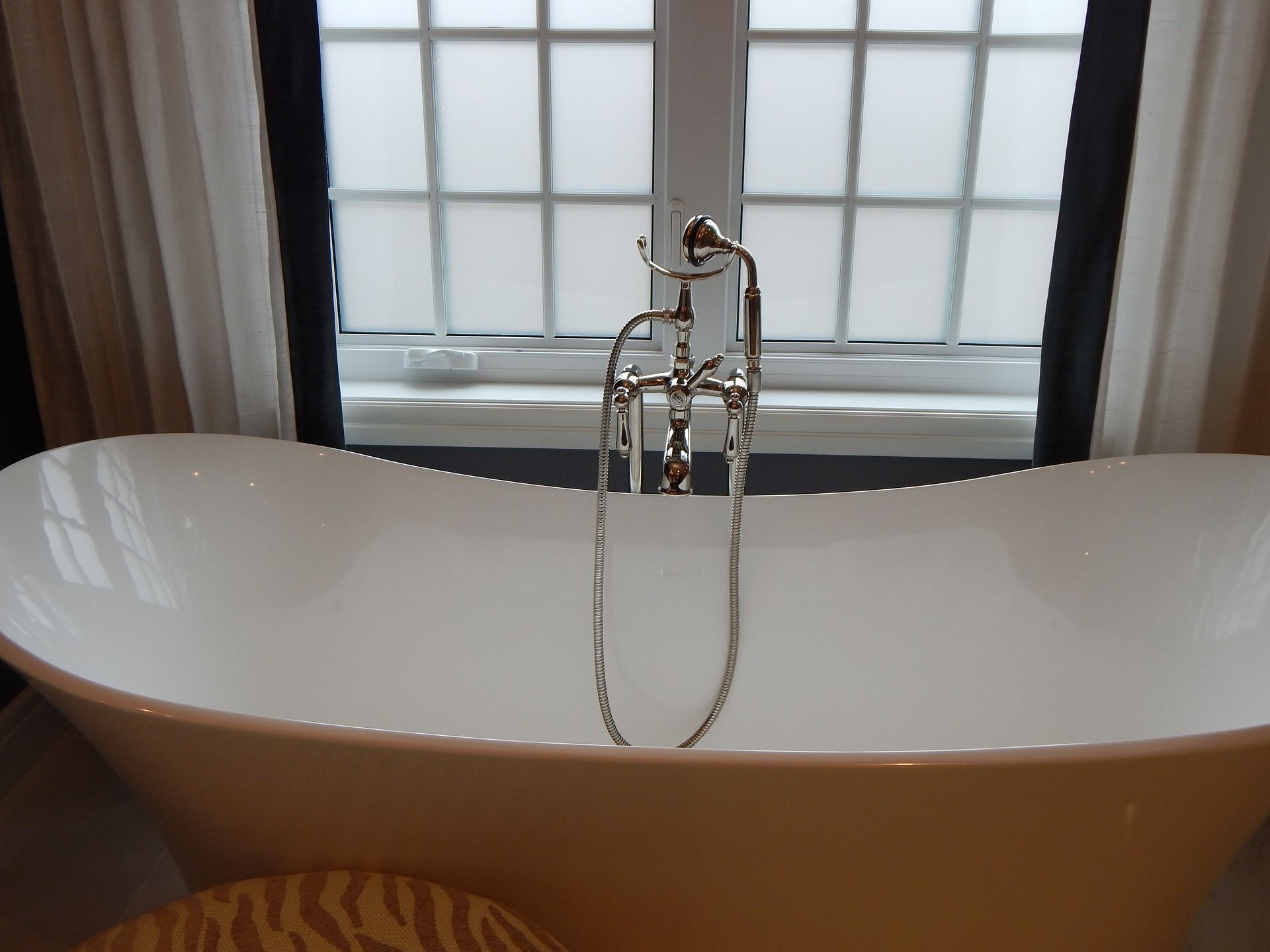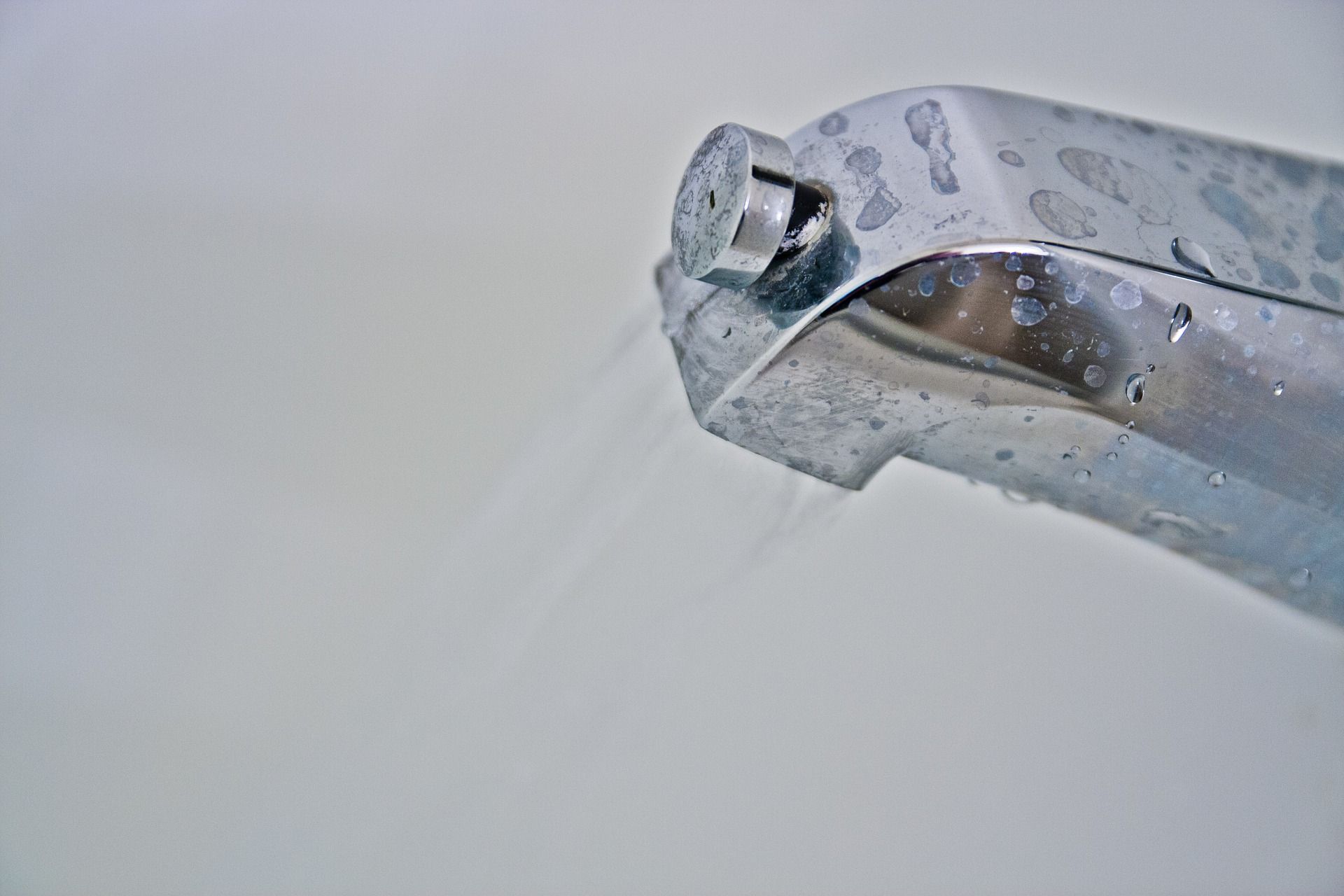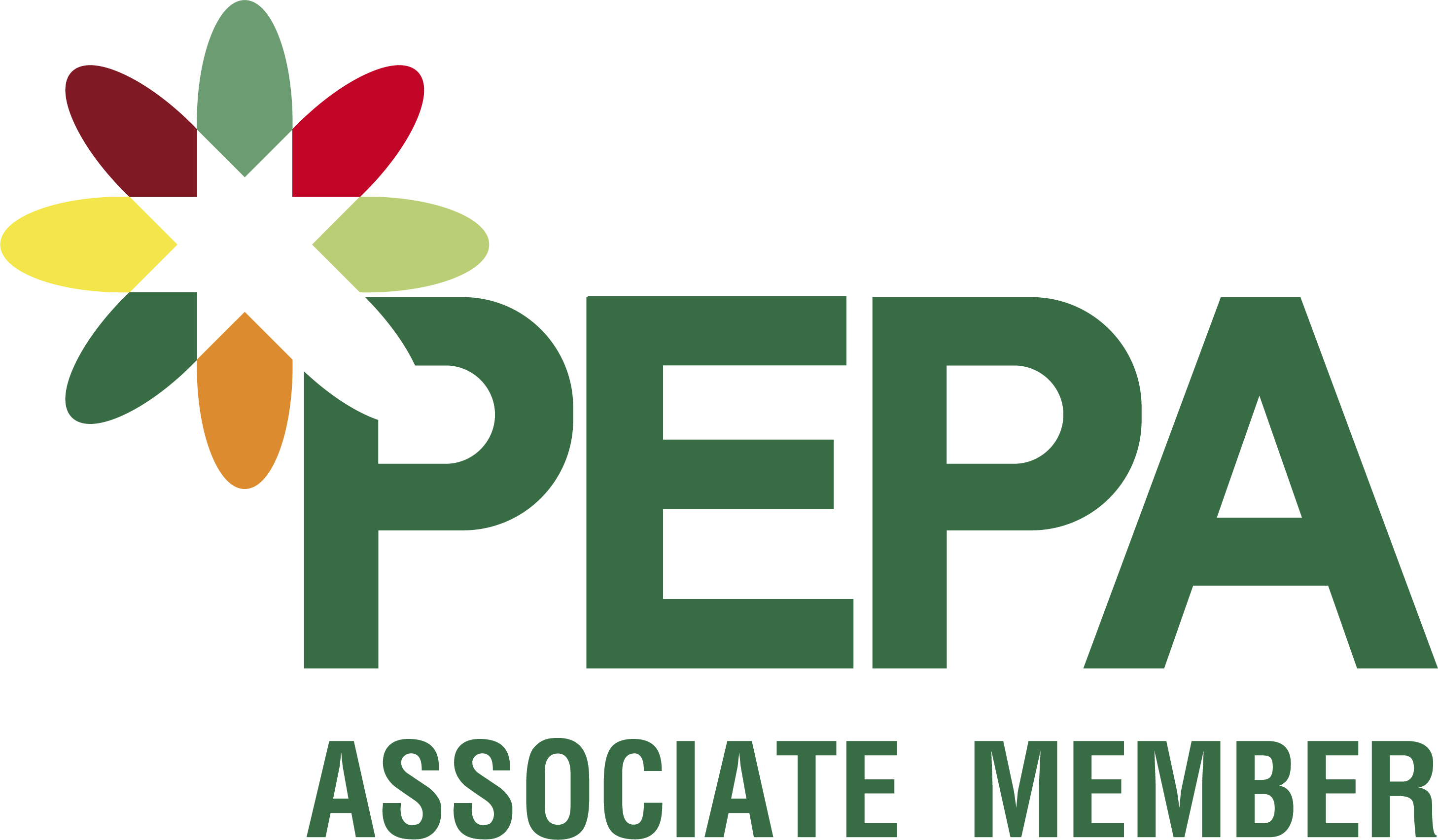Legionella Risk Assessment
Breathing in small droplets of contaminated water containing the Legionella bacteria can cause Legionnaires' disease, which is a potentially fatal form of pneumonia.
Factors which create or increase the risk of Legionella exposure include:
- Water within the suitable growth temperature range (typically between 20°C and 45°C)
- Droplets of water being produced and dispersed
- Water being stored and/or recirculated
- Presence of catalysts for the organism to grow such as rust, sludge, limescale, biofilm etc.
The organism can affect both large and small systems, so all systems require risks to be managed appropriately.
Simple, proportionate and appropriate control measures will generally be sufficient to ensure the risk remains low. For most hot and cold water systems in domestic properties the most reliable way of minimising the risk of exposure to Legionella bacteria is to keep the hot water hot, cold water cold and keep it moving.
Other measures to help minimise the risk of Legionella exposure include:
- Thoroughly flushing the system through prior to letting the property.
- Avoiding any debris entering the system, for example by ensuring any water storage tanks have tight fitting lids.
- Setting controls to ensure the temperature of any hot water storage is at least 60°C.
- Ensuring any redundant pipework is identified and removed.
- Utilising instantaneous water heaters such as combi boilers and electric showers (because there is no water storage).
Hot and cold water systems potentially create an environment where Legionella can grow. Where conditions are suitable, the bacteria can multiply, further increasing the risk of being exposed.



Legionella risk and renting your property
The Health and Safety at Work Act 1974 requires that a landlord who rents out a property (or even just a room in their own home) has legal responsibilities to ensure the health and safety of their tenant by keeping the property safe and free from health hazards.
The Health and Safety Executive (HSE) suggest that...
“the practical and proportionate application of health and safety law to landlords of domestic rental properties is that whilst there is a duty to assess the risk from exposure to Legionella to ensure the safety of their tenants, this does not require an in-depth, detailed assessment. The risks from hot and cold water systems in most residential settings are generally considered to be low owing to regular water usage and turnover”.
They suggest a typical 'low risk' example could be a small dwelling “with small domestic-type water systems, where daily water usage is inevitable and sufficient to turn over the entire system; where cold water is directly from a wholesome mains supply (no stored water tanks); where hot water is fed from instantaneous heaters or low volume water heaters (supplying outlets at 50 °C); and where the only outlets are toilets and wash hand basins”.
Although the HSE indicate a simple assessment may show that there are no real risks those that do exist are being properly managed and no further action is needed, a landlord would need to know how to carry out that risk assessment.
In reality, it is probably easiest for a landlord to commission a relatively low-cost legionella assessment and have a specialist take responsibility for producing your risk assessment.
Use the Find A Member button at the top of the page to locate your nearest Proficiency member offering Legionella risk assessments.

